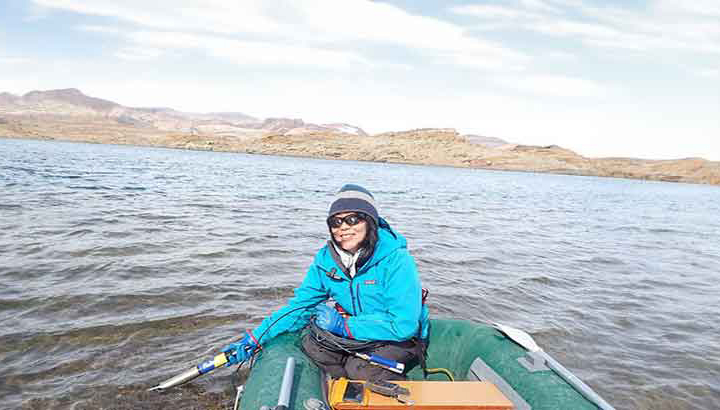Antarctic Research Paves the Way for Further Studies
Published on by Marcus Miller, Digital Marketing Manager at In-Situ in Case Studies
Antarctic Research Paves the Way for Further Studies
Overview
Dr. Nakazawa Koyomi, a lecturer at Toyama Prefectural University in Japan, began monitoring ponds in Antarctica’s ice-free areas to establish baseline data for future research on water quality in the region.
Challenge
Ice sheets cover most of Antarctica, but a small percentage of the continent was left exposed by retreating glaciers around 20,000 years ago. These ice-free areas contain small ponds that melt in the spring and summer months. In 2022, Dr. Nakazawa Koyomi traveled to Antarctica as part of the 63rd Japan Antarctica Research Expedition (JARE). Though traveling for other research purposes, she wanted to take advantage of access to these ponds, which are frozen over for most of the year.
It's possible that these ice-free environments may increase as global temperatures rise, and Dr. Nakazawa wanted to take this opportunity to collect baseline data on these potentially vulnerable environments.
Dr. Nakazawa was based at Syowa station and traveled by helicopter with other scientists to reach their monitoring sites. In addition to scientific equipment, the helicopter needed to carry several days’ worth of food for the trip, outdoor gear to set up camp and protect the researchers from the elements and emergency supplies. With limited space, Dr. Nakazawa needed a compact instrument that could gather data on multiple parameters, was easy to transport and store, and could be used for several purposes.
Solution
Dr. Nakazawa selected an Aqua TROLL 500 for its lightweight but durable construction. She was able to collect data on dissolved oxygen, temperature, conductivity, chlorophyl a and phycocyanin with one instrument.
“This was my first time using In-Situ sensors, but the device was very easy to use,” she said, “and we could check the data set on our tablet immediately.”
In the field, she could see the data instantly through the VuSitu mobile app and connected the tablet to her laptop to download the data. Once back at Syowa Station, she used Wi-Fi to send the data to herself so she could analyze it back in Japan.
The simplicity of the process helped Dr. Nakazawa and her team make the most of their trips out to these remote areas.
Results
Dr. Nakazawa hopes her data creates a
READ MORE
Taxonomy
- Water Quality
- Water Monitoring
- Envirionmental Data Management
- Water Quality Monitoring
- Environmental Science
- Water Quality Monitoring
- Environmental
- Water Quality Research
- treatment pond
- Water Quality Monitoring Sensor
